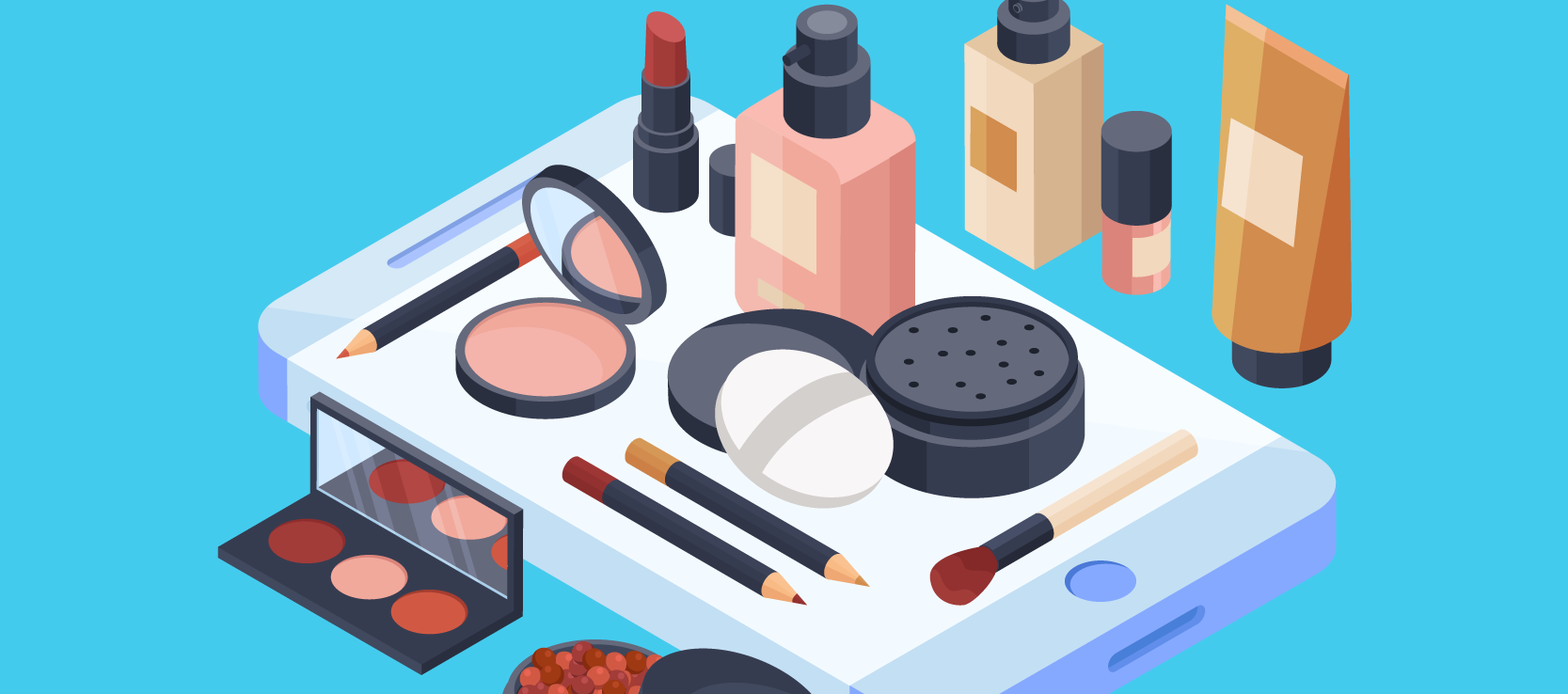Whilst the world dealt with the effects of a worldwide pandemic, online sales in the health and beauty sector steadily increased as customers were forced to switch from in-store shopping. With more time to research product information, investigate ingredients and watch online tutorials from beauty bloggers, 2020 created a shift in the sector which established online as a key selling channel. With individuals returning to office work in some form and new challenges with the economy impacting people’s disposable income, how can brands in this sector continue to remain profitable and garner consumer interest?
We teamed up with Retail X to take a look at the opportunities for brands, retailers and marketplaces in the health and beauty sector and provide further context around ongoing changes in consumer behaviour.
European Health and Beauty shoppers spend more online than other regions
Stats from the report show that health and beauty shoppers in Europe are frequently spending more online in comparison to other regions. The report shows that about half of European customers purchase health and beauty products online compared with 38% in the US and 37% in Australia. Whilst physical stores still represent the majority of sales, factors such as customer convenience and new digital advances have kept consumers buying online and will continue to erode offline revenue.
However, the report also showed that whilst consumers were spending more online, sales were growing significantly slower than during the pandemic. Brands that wish to stay ahead should develop the right channel mix to open up new opportunities. By using marketplaces, brands can quickly scale to new countries across Europe, opening up new revenue streams. With the right technology underpinning the strategy, marketplaces can be onboarded efficiently, and automated processes get products online quicker.
Online ads are gaining popularity
A growing number of brands have been exploring direct-to-consumer (DTC) strategies, strengthening their social media presence, and enhancing their omnichannel capabilities. However, in such a competitive space, ensuring product visibility through smart online advertising is key. Data from the report shows that consumers in the health and beauty industry are more likely to be influenced by ads to purchase products than other shoppers. With this in mind, building a strong retail media strategy is crucial. While it’s often the case that companies will pull back on marketing spend to protect the bottom line, targeted digital marketing is a necessity. However, keeping it relevant and focused on profitable channels and products will be needed to ensure ROAS targets are achieved.
Marketplaces open up new opportunities
Data from the report shows that convenience and price are the main drivers for shopping on marketplaces. Firmly embedded now as part of the omnichannel strategy for many brands, marketplaces open up numerous opportunities for brands looking to get in front of new audiences. While the mass-market proposition isn’t the message many of the higher-end health and beauty brands want to give customers, they want to be where customers are. With careful selection of marketplaces that align with the brand and the ability to offer a seamless customer experience, marketplaces can be a very effective growth vehicle.
Prepare for future success with Rithum
In the competitive health and beauty space, getting online strategies right will be crucial for sustainable growth. After the scramble to get products online to meet the demand through the pandemic, many companies are now taking time to relook at their strategy, channel mix and infrastructure to ensure that they are positioned for the future with the agility needed to adapt to ever-changing market conditions. Rithum works with clients every day to advise and support brands in their online journey.
Download the full report here.




